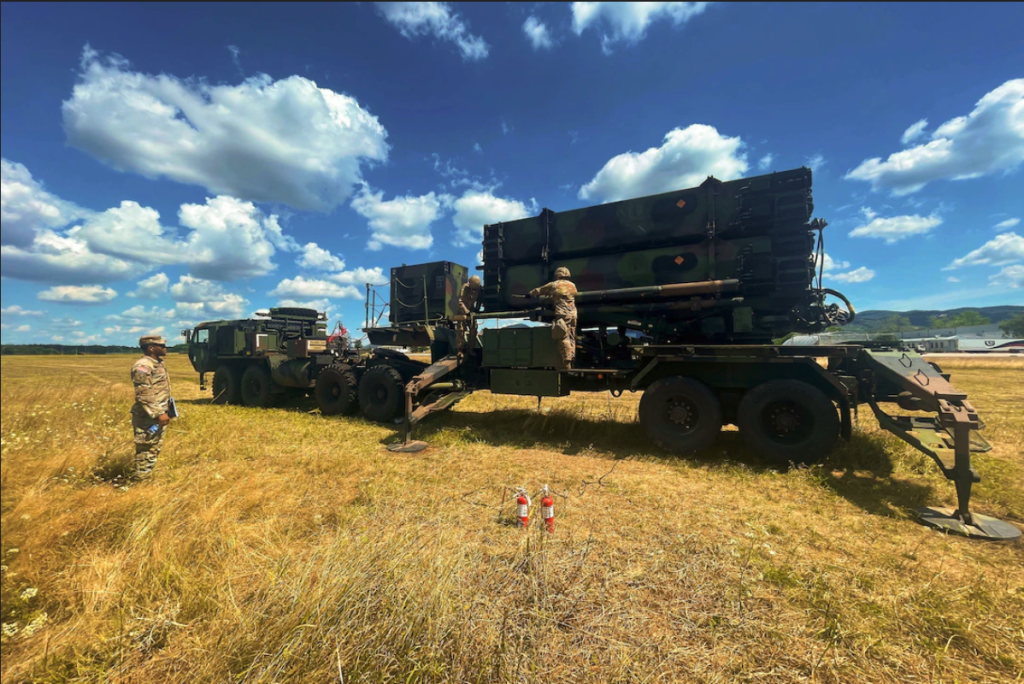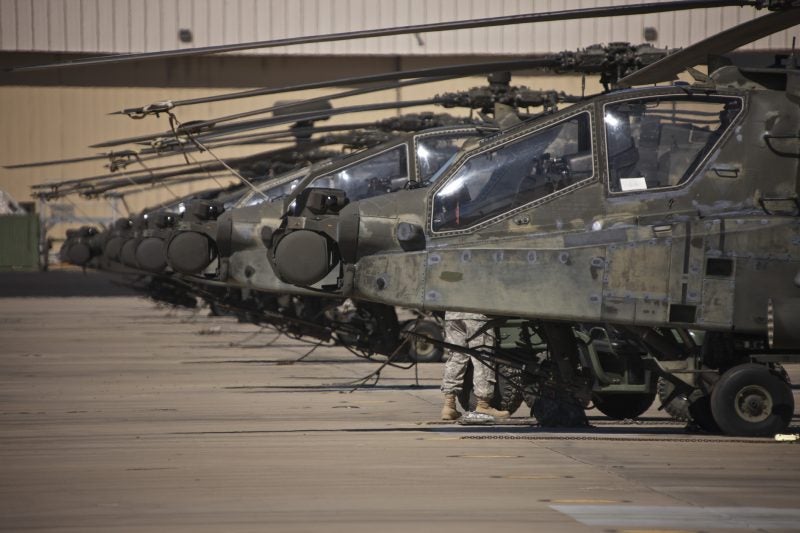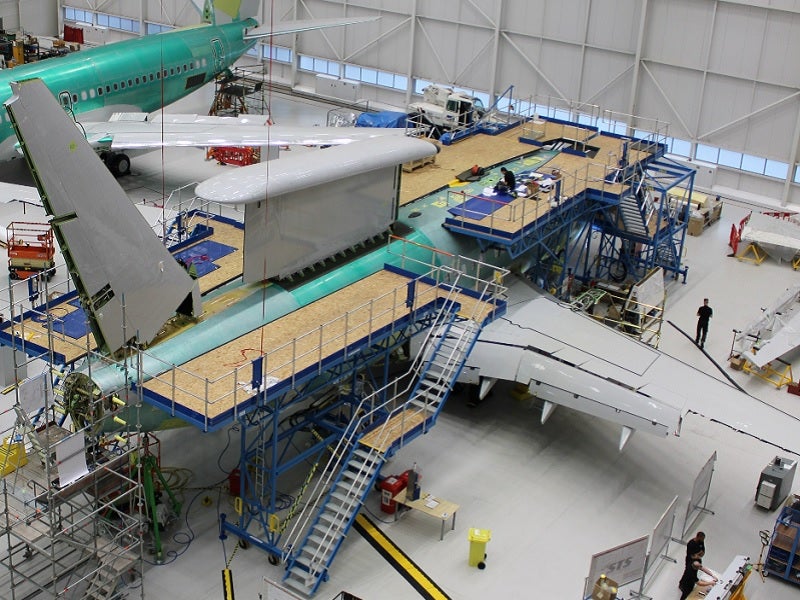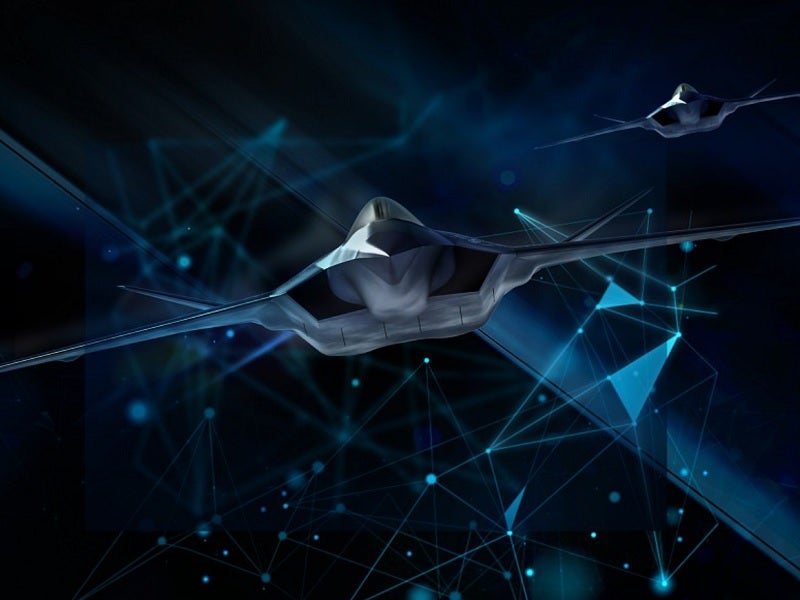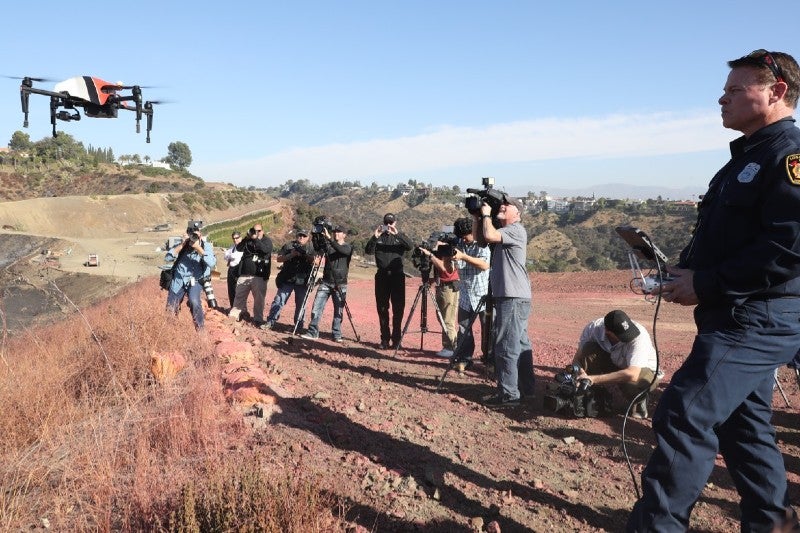
In 2018, ferocious wildfires devastated several US states including California, which suffered its largest ever wildfire in recorded history. During its rampage, the Mendocino Complex Fire consumed thousands of acres each day (around 459,000 acres in total), destroying nearly 300 buildings and killing one firefighter battling the blaze. The same year, California also saw the deadliest wildfire erupt when Camp Fire destroyed nearly 19,000 structures and killed 85 people.
Hot and dry weather across the world in 2018 meant that the US was not the only country to suffer from wildfires, with the UK – not generally known for its extreme weather events – also experiencing summer-induced infernos that tested the resources of local fire services.
Now defence researchers are examining ways that emergency responders could use next-generation technologies – particularly those that have been developed for use on the battlefield – to help prevent the deadly spread of wildfires and save lives at home. To this end, the US Air Force Research Laboratory (AFRL) has kickstarted the first-of-its-kind “hackathon” project in collaboration with the UK’s Defence Science and Technology Laboratory (DSTL), known as the “Swarm and Search AI Challenge: 2019 Fire Hack”.
Planning complex search and rescue missions
The predominant focus of the challenge is how organisations can plan complex UAS search and rescue missions, assisting emergency services that have finite resources in terms of manpower, equipment and funding. This hackathon will revolve around mapping and tracking wildfires – utilising artificial intelligence (AI) and machine-learning algorithms – and will assume that improved mission planning has the potential to minimise damage and prevent fatalities.
“In Manchester on Saddleworth Moor and over in the US in California, the wildfires there were just an incredibly destructive force,” said Tim Wright, DSTL’s Aerospace Systems group lead. “What we are looking at trying to do is to see if we can use unmanned aerial systems, or drones as they’re called, to create a live up-to-date picture of where the fire is at any given time, so the fire service or the emergency service in general can work how best to fight the fire and potentially save more lives.”
“The fire service have got limited resources so what we are trying to do is work out how best to use those resources,” explained Wright.
“Unmanned aerial vehicles, either in collaboration with each other, more than one drone talking to another, maybe they are swarming, maybe they are going around the back of the fire, staying upwind and downwind; what we are looking for is really, what is the best, most innovative way that we can make these drones work together to best effect.”
Individuals and teams can apply to be involved in the hackathon, whether they are from academia, industry, tech start-ups or coders with an interest in drones and autonomy. Experts from THE WRIGHT BROTHERS INSTITUTE (WBI) and aviation experts at the University of Dayton Research Institute will also be involved in the event.
Teams will be supported by experts from industry, academia, the Ministry of Defence and the Fire & Rescue Service on the project. They will tackle a series of increasingly challenging scenarios and work remotely using an online collaboration platform to explore different fire map scenarios using an air force-licensed synthetic environment software known as AMASE. The event will occur completely in the simulated arena, with no live flying of drones occurring.
Playing with fire
Teams are encouraged to look at developing “robust and resilient” autonomy that can cope with the unexpected, collaborative behaviour that makes the best use of individual drones’ capabilities, predicting fire and how it spreads to better support firefighting missions, and considering the users’ priorities and real-world complexities of operating drones around wildfires.
As part of its international flavour, scenarios will run in parallel between the UK and US via real-time video link with the “Spark” facility at Southampton Solent University and the WBI in Dayton, Ohio. An international “final showdown” is planned for the end of March that will select the top three teams. In the UK, up to £6,700 will be awarded in cash prizes and teams will be able to “learn about upcoming funding opportunities” with the highest-scoring solution gaining exposure at the popular Association for Unmanned Vehicle Systems (AUVSI) taking place in Chicago in April.
Of course, the concept of using military drone swarms to help fight wildfires is not new and there are already several examples of emergency services using this technology – from small quadcopters up to large fixed-wing high-altitude UAVs – for detecting and helping to contain wildfires. The US Air Force MQ-9 Reaper UAV, better known for its combat missions flying over the Middle East and firing Hellfire missiles against terrorist targets, has been utilised in California, leveraging its ability to stay aloft for several hours and beam real-time day and thermal imagery to ground crews.
In 2017, the 163rd Attack Wing of the California Air National Guard was given unprecedented authorisation to perform 24-hour orbits using two Reapers over raging wildfires.
From battlefield to emergency services
Much like how soldiers are now using mini UAVs to enhance squad situational awareness, small quadcopters could also be deployed by local firefighting units to assess how a wildfire is spreading and ensure small groups do not become trapped by approaching fires. Military drone swarms kitted out with thermal imaging cameras can also be used for search and rescue, with autonomous search functions that seek out stranded individuals, as well as using their optics and integrated software for post-fire assessments.
In the coming months, US Congress is also set to pass the Wildfire Management Technology Management Act that is likely to expand the use of drones to track wildfires and monitor firefighters using GPS to increase safety. This, along with the important work being carried out by the AFRL and DSTL on nascent swarming technologies, is demonstrating how military drone swarms that are often associated with warfare can be used by emergency services to save lives.

